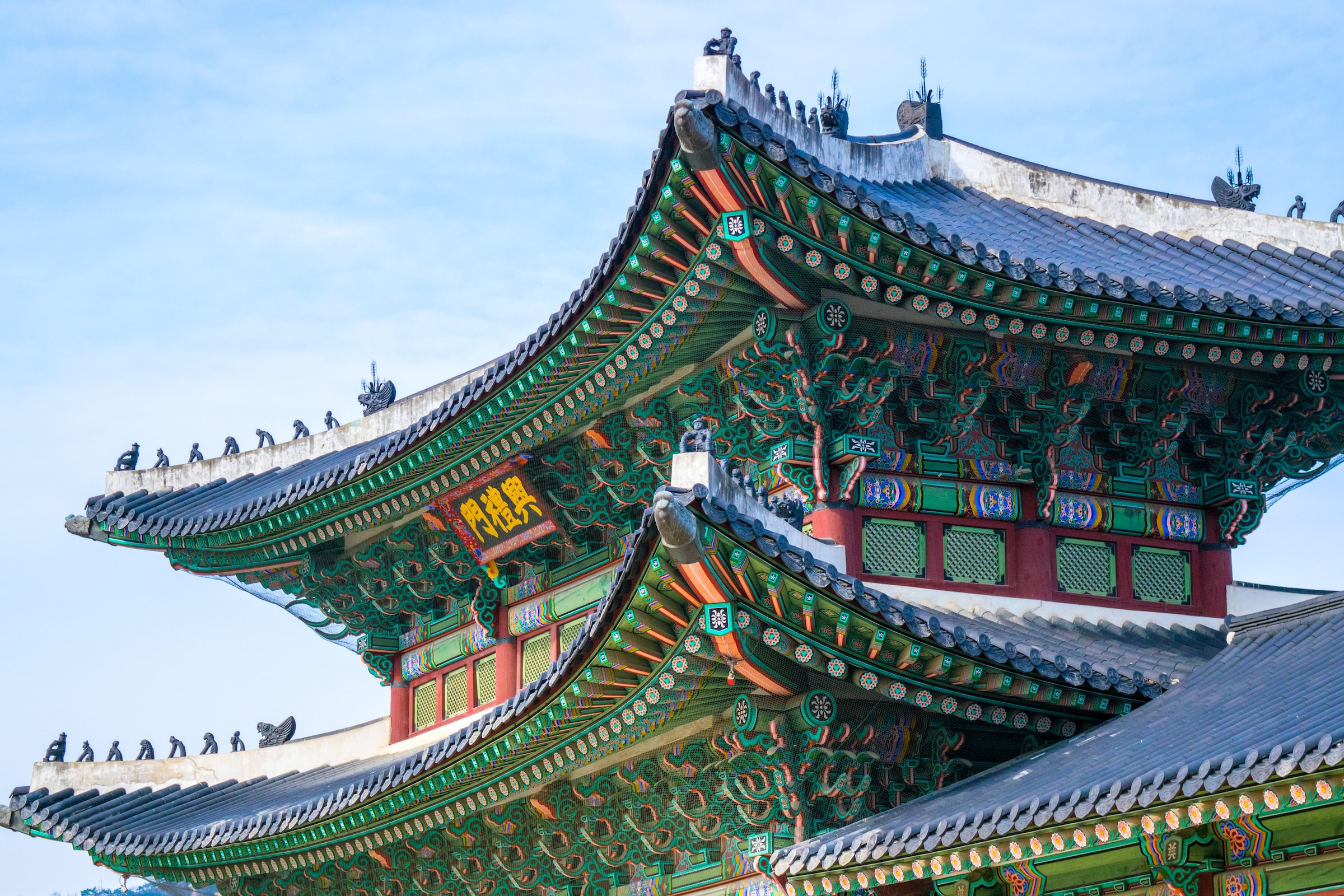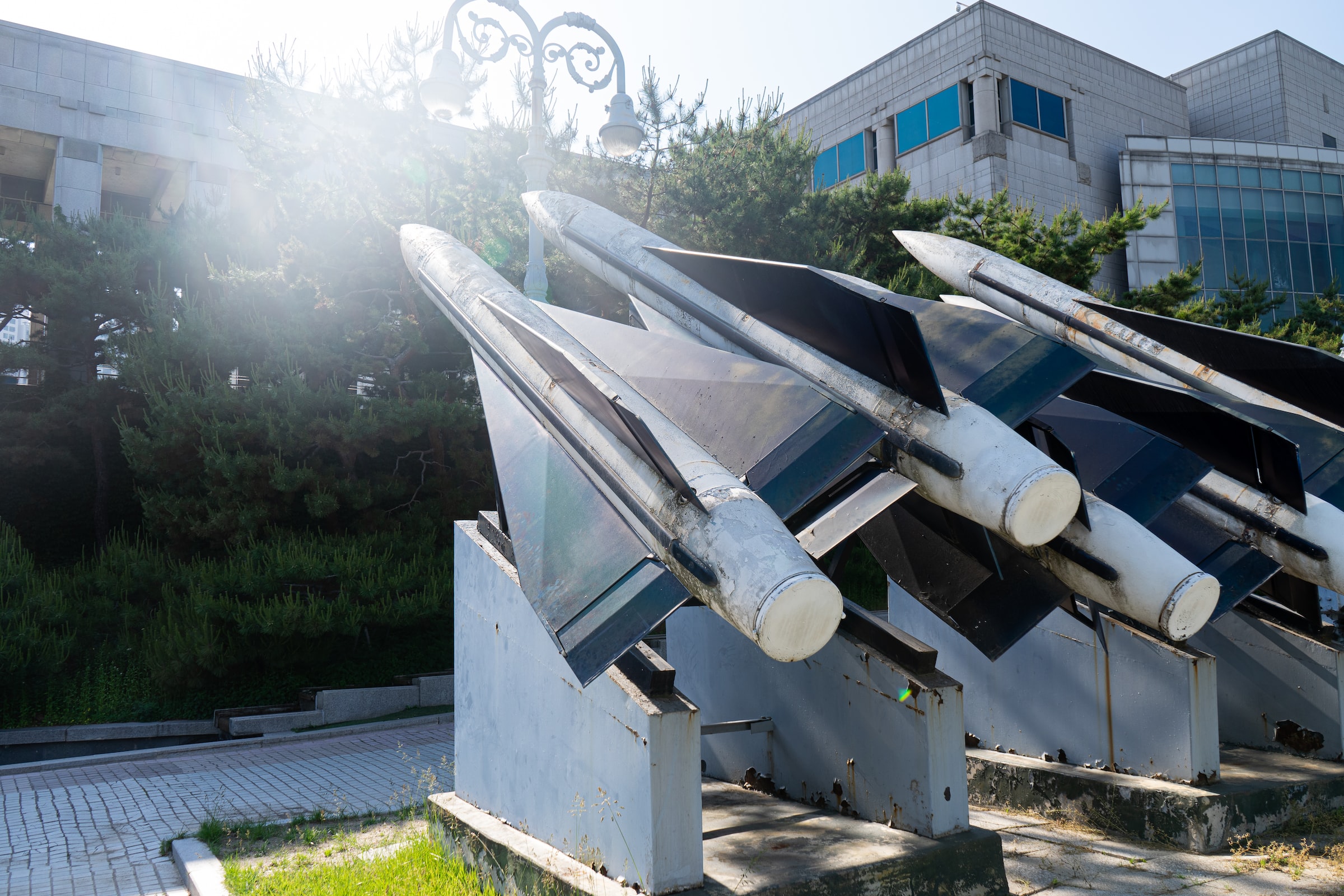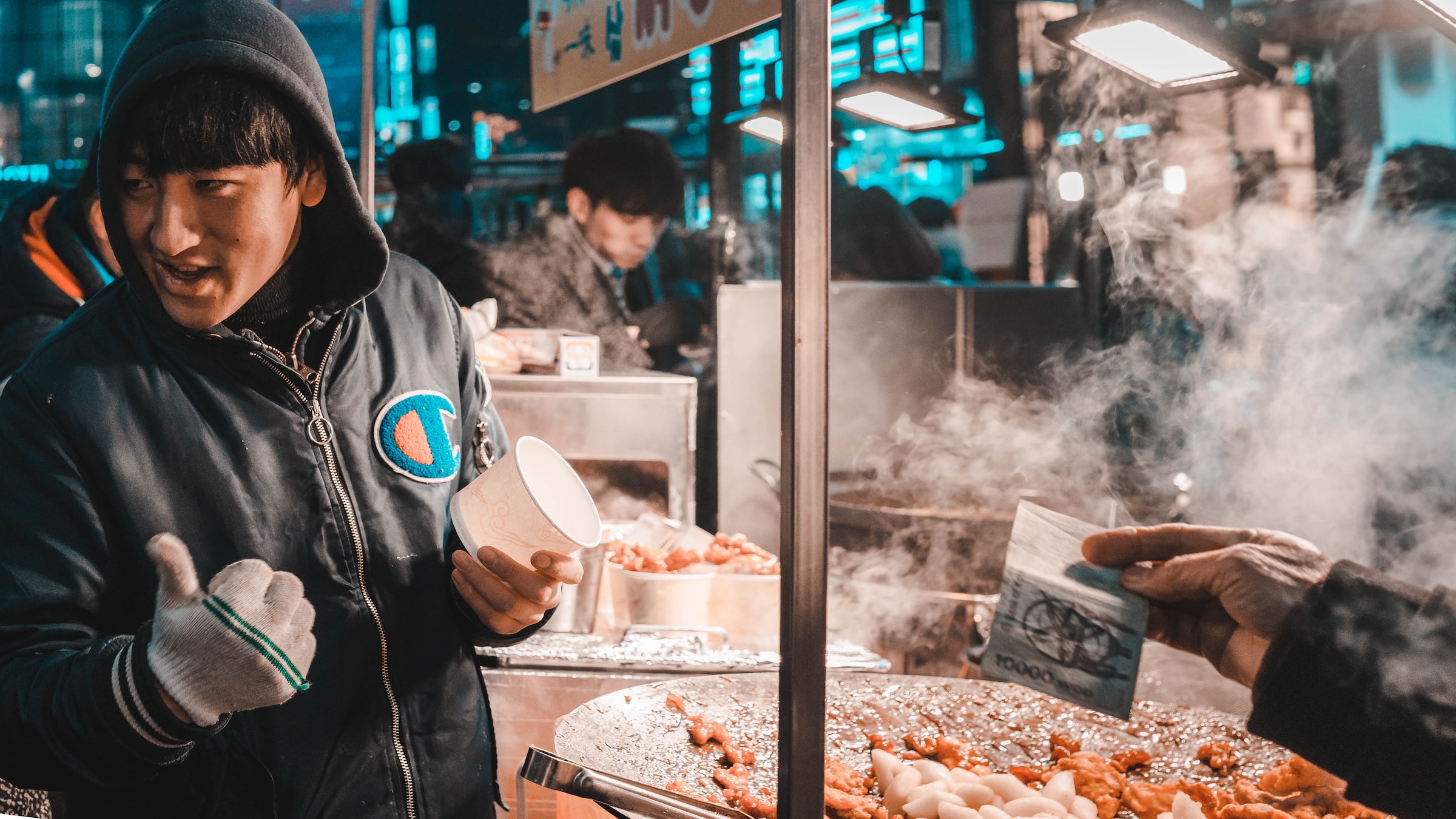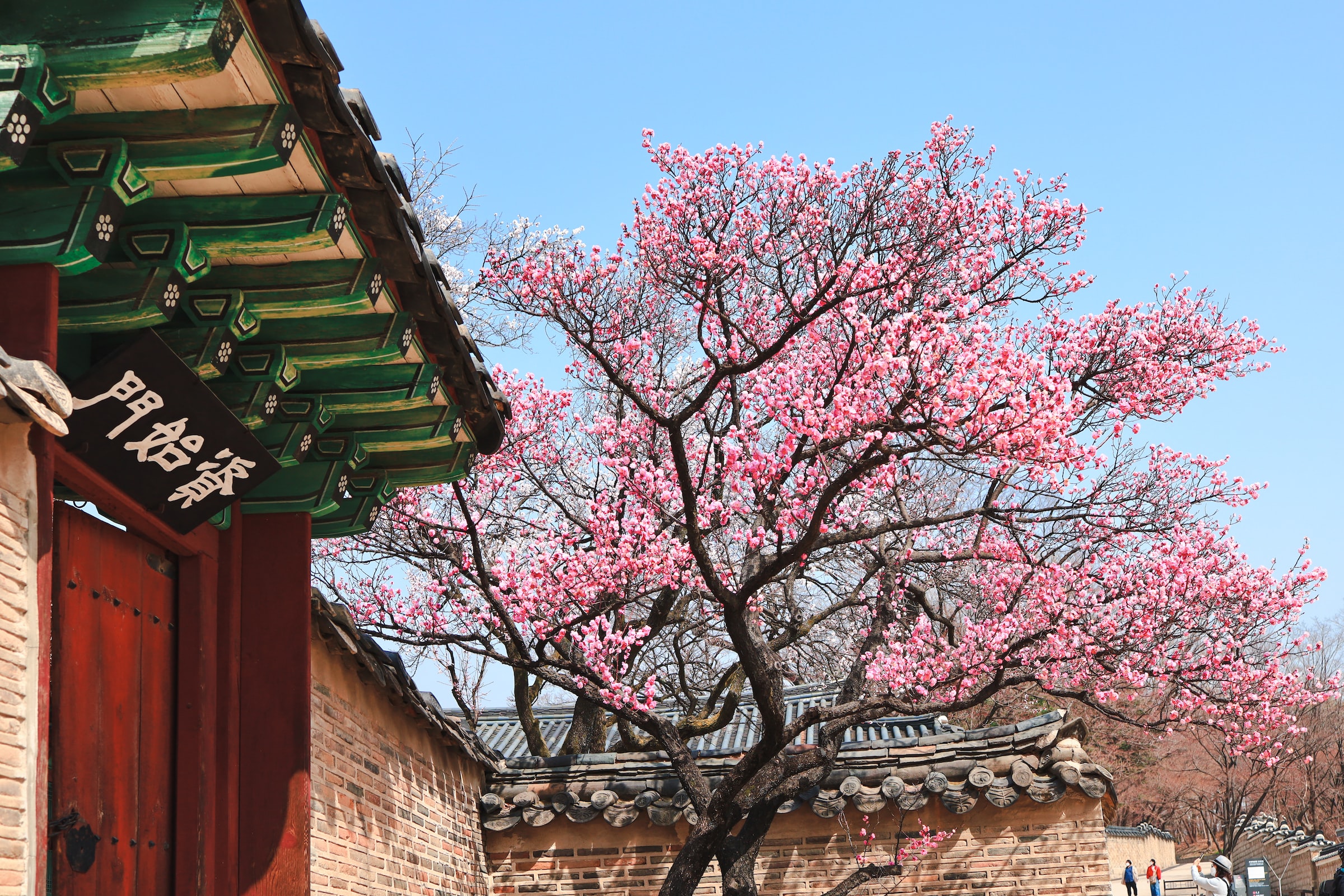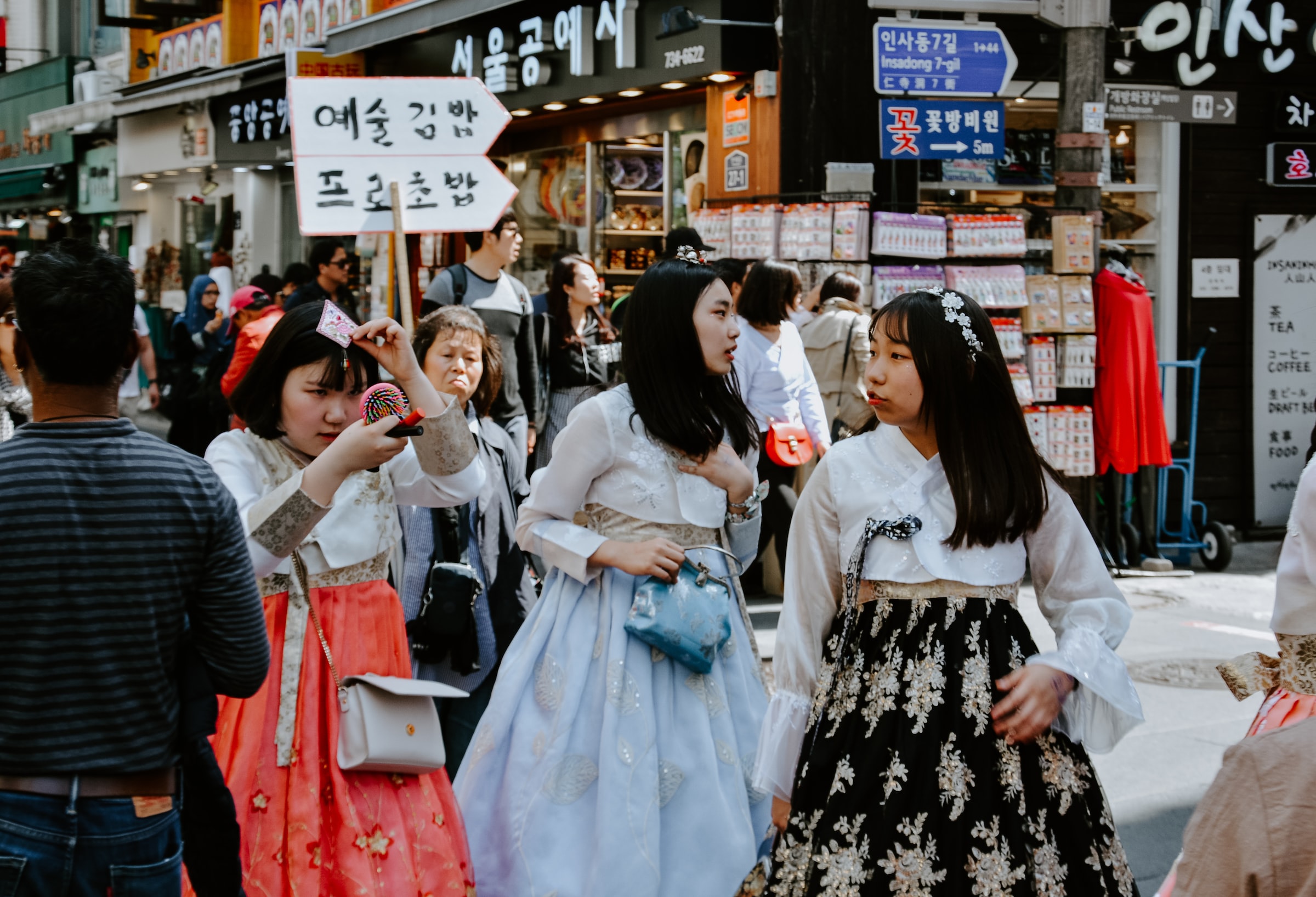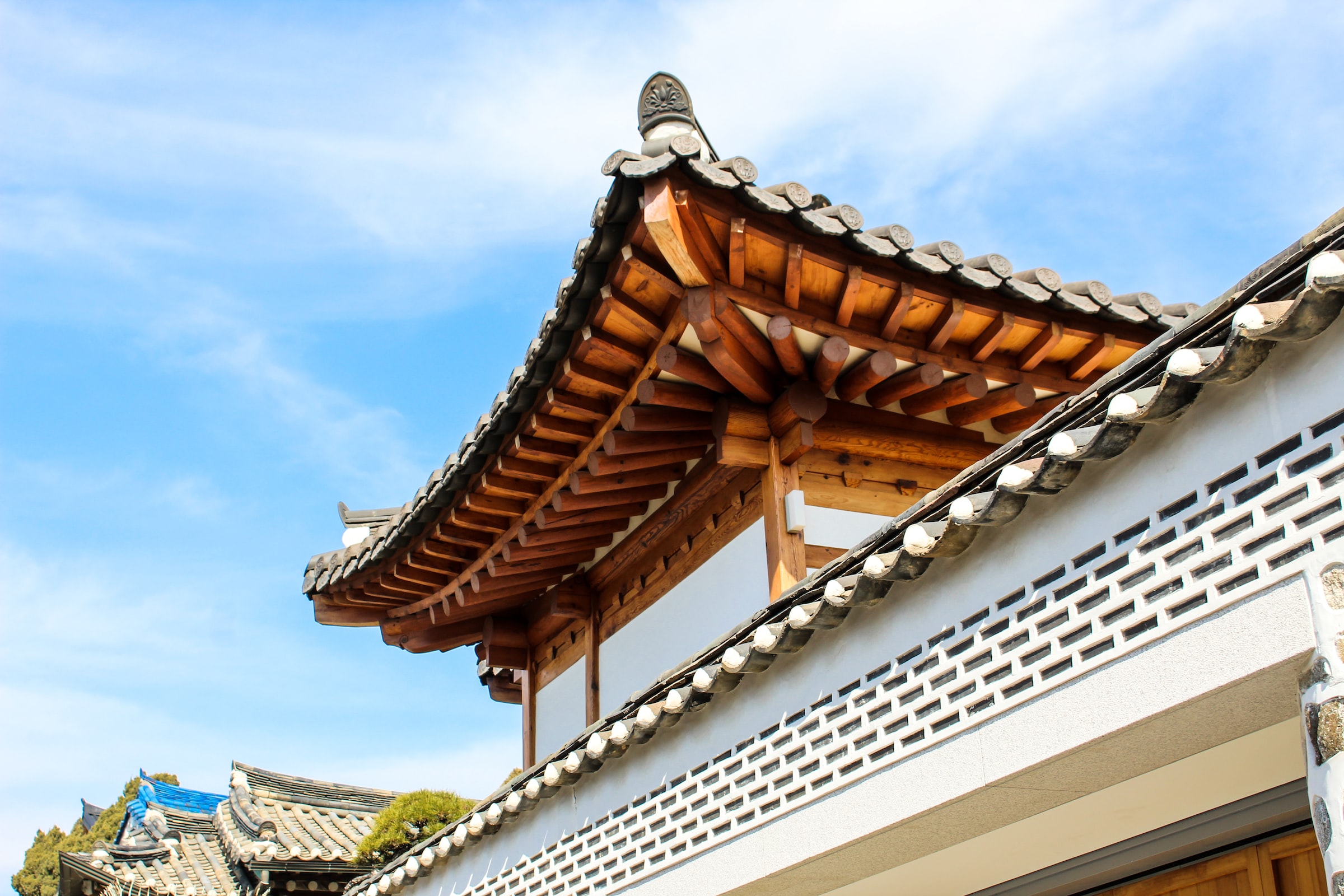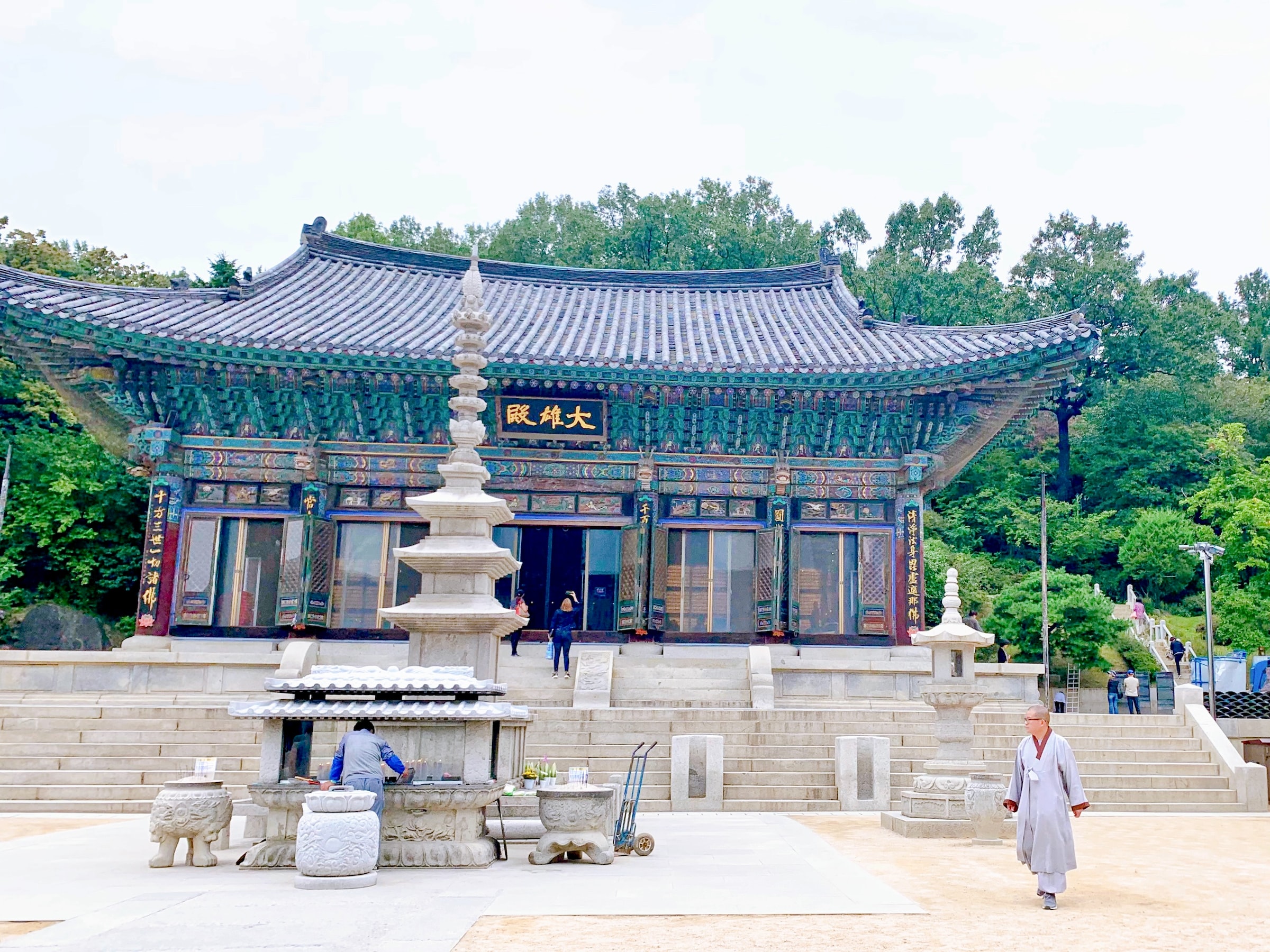A travel guide to
Seoul.
Known for
K-pop, a thriving art scene, nightlife, fashion, proxy drivers, street food…
This is Seoul.
Welcome to Seoul, the vibrant capital city of South Korea. With a population of over 10 million people, Seoul is a bustling metropolis that seamlessly blends tradition with modernity. The city is a popular tourist destination for people from all over the world since it is home to a large number of historical sites, cultural icons, and cutting-edge technology.
Seoul provides a wide variety of experiences, meandering through traditional markets and ancient palaces, shopping in luxury fashion areas and discovering the newest in K-pop and Korean culture. Foodies will also adore the city’s world renowned cuisine, which includes street food, kimchi, bibimbap, and Korean barbeque.
With new discoveries to be made around every turn, Seoul is a city that is constantly evolving. Seoul has something for everyone, whether you’re interested in technology, history, culture, or just trying something new and exciting.
Looking for something in particular? Use the quick links below to jump to the section you need.
Seoul Metro
The Seoul Metro is a rapid transit system that serves the city of Seoul. It is one of the largest subway systems in the world, with a total of 23 lines and 768 stations. The system is often hailed as the best metro system in the world, due to it’s size, punctuality and how modern it is. The trains have climate controlled seats that heat automatically in the winter, and there is free Wifi accessible in all of the stations as well as on board.
How to get around on the Seoul Metro
The map of the Seoul Metro will be available to view in the metro stations. However if you need one to carry with you, the Mapway app includes our version of the Seoul Metro map and is free to download on iOS and Android. There is also a journey planner and step-by-step guides to help you get where you need to go and it also works offline (so no need to worry about Wifi and data).
Tickets
There are several ways to purchase tickets for the Seoul Metro.
One choice is to use a single-use T-money card, a rechargeable smart card that can be used on the city’s public transportation network. Each station’s ticket vending machines as well as convenience stores sell these cards. To use the card, passengers must tap it on the card reader at the entrance and exit gates.
A single-use paper ticket may also be purchased at the vending machines, which are also present in every station. These tickets must be placed into the ticket gates at the station’s entry and exit.
The cost of the ticket varies depending on the distance travelled, but generally ranges from 1,350 won (about £1) to 2,450 won (about £2) for a single trip.
As an alternative, customers can pay for their tickets using rechargeable cashbee or T-money cards. These cards can be topped up at ticket vending machines, convenience stores, or online using cash or a credit/debit card. Every time a person uses the metro, the amount of the fare is automatically removed from the card’s balance.
Operating hours
The operating hours of the Seoul Metro vary depending on the line and the day of the week. Generally, the subway operates from 5:30 am to midnight on most lines. However, some lines may have different operating hours, for example:
Line 1 and Line 2: 5:30 am to midnight on weekdays and Saturdays, and 5:30 am to 11:00 pm on Sundays and public holidays.
Line 3 and Line 4: 5:30 am to midnight on weekdays and Saturdays, and 5:30 am to 11:30 pm on Sundays and public holidays.
Line 5 to Line 8: 5:30 am to midnight on weekdays and Saturdays, and 5:30 am to 11:00 pm on Sundays and public holidays.
Line 9: 5:30 am to 11:00 pm every day.
Airport Railroad Express (AREX): 5:20 am to 10:50 pm on weekdays and Saturdays, and 5:20 am to 10:40 pm on Sundays and public holidays.
Its worth noting that these times are always subject to change and may vary due to factors such as public holidays or unforeseen circumstances.
Accessibility
The Seoul Metro is generally considered to be accessible to people with disabilities. Here are some of the accessibility features available on the Seoul Metro:
Elevators and escelators: many stations include elevators and escalators that make it simple for those with mobility issues, including wheelchair users, to get in and out.
Priority seating: Pregnant women, those with disabilities, and senior citizens have access to priority seating. These seats are clearly marked and are located near the doors of each subway car.
Platform Screen Doors: There are platform screen doors throughout many stations to stop people from falling onto the tracks. Additionally, this feature lowers the station’s noise levels and improves air quality.
Announcement and Display Systems: For those who have hearing difficulties, navigating the subway system is made simpler by the announcement and display systems that offer real-time information on train arrival and departure times.
Wheelchair Ramps: There are wheelchair ramps on most subway carriages, making it simple for riders in wheelchairs to board and depart the train.
Additionally, The Seoul Metro also has workers on hand to help users with disabilities. The station workers can offer passengers information, directions, and assistance boarding and exiting the subway if requested.
Alternative Transport
In addition to the metro, Seoul boasts a wide range of additional modes of transportation. Here are a few of the most popular:
Bus
Seoul has an extensive bus system that covers most parts of the city. Buses provide a practical and inexpensive means to travel around, running from early in the morning until late at night. Passengers can use cash or transportation cards to pay for their fare, which is calculated by the distance travelled.
Taxi
In Seoul, taxis are widely available and an excellent alternative for short journeys or late-night transport. The majority of taxi drivers are able to speak some English, and rides can be ordered in advance or hailed on the street. The cost of taxi fares in Seoul are pretty reasonable when compared to other large cities.
Bicycle
Ttareungyi, a bike-sharing programme in Seoul, enables customers to hire a bike from one spot and return it to a different one. This is a fantastic choice for visiting Seoul’s various parks and river trails or for short journeys through the city.
Walking
Walking is a fantastic method to explore Seoul, especially in the central districts where there are so many attractions close to one another. The city has plenty of wide pavements and pedestrian crossings, making it particularly pedestrian-friendly.
How to get from Gimpo International Airport (GMP)
Getting to the city center from Gimpo International Airport using the metro is relatively easy and convenient. Here’s a step-by-step guide on how to do it:
From the arrivals area, follow the signs to the subway station. The station is located on the basement floor of the airport terminal.
Purchase a single-use ticket or use your T-money transportation card to enter the subway station.
Take Line 5 (the purple line) towards Sangil-dong.
Get off at Gongdeok Station, which is the fifth stop from the airport. The journey takes approximately 25 minutes.
Transfer to Line 6 (the brown line) towards Bonghwasan.
Take Line 6 to City Hall Station, which is the third stop from Gongdeok Station. The journey takes approximately 10 minutes.
At City Hall Station, you can transfer to other subway lines or exit the station to explore the city center.
The entire journey from Gimpo International Airport to City Hall Station takes around 35-40 minutes, depending on the time of day and the frequency of the trains.
How to get from Incheon International Airport (ICN)
Getting to the city center from Incheon International Airport using the metro is easy and convenient. Here’s a step-by-step guide on how to do it:
From the arrivals area, follow the signs to the Airport Railroad Station. The station is located on the basement floor of the airport terminal.
Purchase a single-use ticket or use your T-money transportation card to enter the Airport Railroad Station.
Take the AREX (Airport Railroad Express) train to Seoul Station. The journey takes approximately 43 minutes and trains run every 10-15 minutes.
At Seoul Station, transfer to Line 1 (the blue line) towards City Hall.
Take Line 1 to City Hall Station, which is the second stop from Seoul Station. The journey takes approximately 5 minutes.
At City Hall Station, you can transfer to other subway lines or exit the station to explore the city center.
The entire journey from Incheon International Airport to City Hall Station takes around 50-55 minutes, depending on the time of day and the frequency of the trains.
Things to do in Seoul
The city is renowned for its fantastic food scene, which features mouthwatering traditional cuisine, street food, and Korean barbecue. Seoul is a centre for technology as well as being the home of numerous cutting-edge businesses and startups.
Both tourists and locals enjoy visiting Seoul’s numerous attractions, which include the Namsan Tower, the historic palaces of Gyeongbokgung and Changdeokgung, and the Myeong-dong and Gangnam shopping areas. Seoul is also renowned for having a vibrant nightlife, with numerous bars and clubs staying open late into the night.
If you need to get in contact with emergency services while in Seoul, use these numbers:
Fire, emergency and ambulance: 119
Police: 112
Medical emergency centre specifically for foreigners: 1339
Weather in Seoul
Seoul has a hot and very humid climate during the summer season, with cold and dry weather during the winter season. Spring (although windy) and autumn are mild but are short in duration. These seasons are considered the best time to visit Seoul.
Monthly average temperatures
January -5°C (23°F) | February -2°C (28°F) | March 5°C (41°F) | April 12°C (54°F) | May 18°C (64°F) | June 22°C (72°F) | July 25°C (77°F) | August 26°C (79°F) | September 21°C (70°F) | October 14°C (57°F) | November 6°C (42°F) | December -1°C (30°F)
Currency in Seoul, South Korea
The local currency in South Korea is the South Korean Won (KRW – ₩). Credit cards are not always accepted outside major cities. ATMs are widely available, but do not always accept foreign cards. Those with a sign saying ‘Global’ will normally accept foreign cards.
Symbol: ₩
ISO code: KRW
Bank notes: ₩1000, ₩5000, ₩10000, ₩50000.
Coins: ₩10, ₩50, ₩100, ₩500.
Tipping
Tipping in bars and restaurants in not expected in South Korea, unlike countries in Europe and in the United States. The general rule is the service should be exceptional at all times, and with no expectation of extra pay. Tipping in South Korea can be considered rude and is often frowned upon.
Internet
There are ways to connect to free Wifi in Seoul, but you have to rely mostly on cafes and chain restaurants. Museums are the only tourist attractions that offer free Wifi to guests. One of the best ways to work around the lack of public Wifi in Seoul is to rent a pocket Wifi device.
The Seoul Subway also has free Wifi available in all their stations and trains.
For help finding free Wifi hotspots in Seoul, click here for a free map of Wifi hotpots in the city, which is availble for download on iOS and Android.


